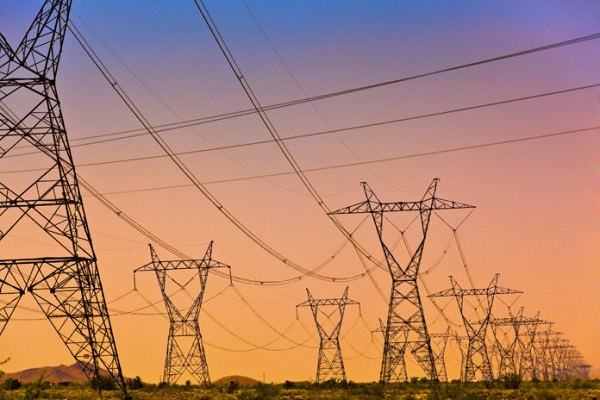Follow us on Instagram @horndiplomat_
Founded in 2016, Horndiplomat has grown into one of the leading independent media outlets in the Horn of Africa. With a strong commitment to journalism, media development, and press freedom, Horndiplomat serves as a vital source of news, analysis, and in-depth reporting on regional and international affairs.
Horndiplomat covers a wide range of topics, including politics, economy, security, diplomacy, and social issues, providing balanced and insightful reporting that shapes discussions across the region.
© Horndiplomat


![Analysis: Somalia’s Taiwan Passport Ban and Its Diplomatic and Legal Implications The ban on Taiwanese passport holders starts on April 30, 2025 [File: Ann Wang/Reuters]](https://www.horndiplomat.com/wp-content/uploads/2025/05/2020-04-03T000000Z_547677312_RC2VWF9IBNAH_RTRMADP_3_HEALTH-CORONAVIRUS-TAIWAN-CHINA-1746001994-218x150.webp)





